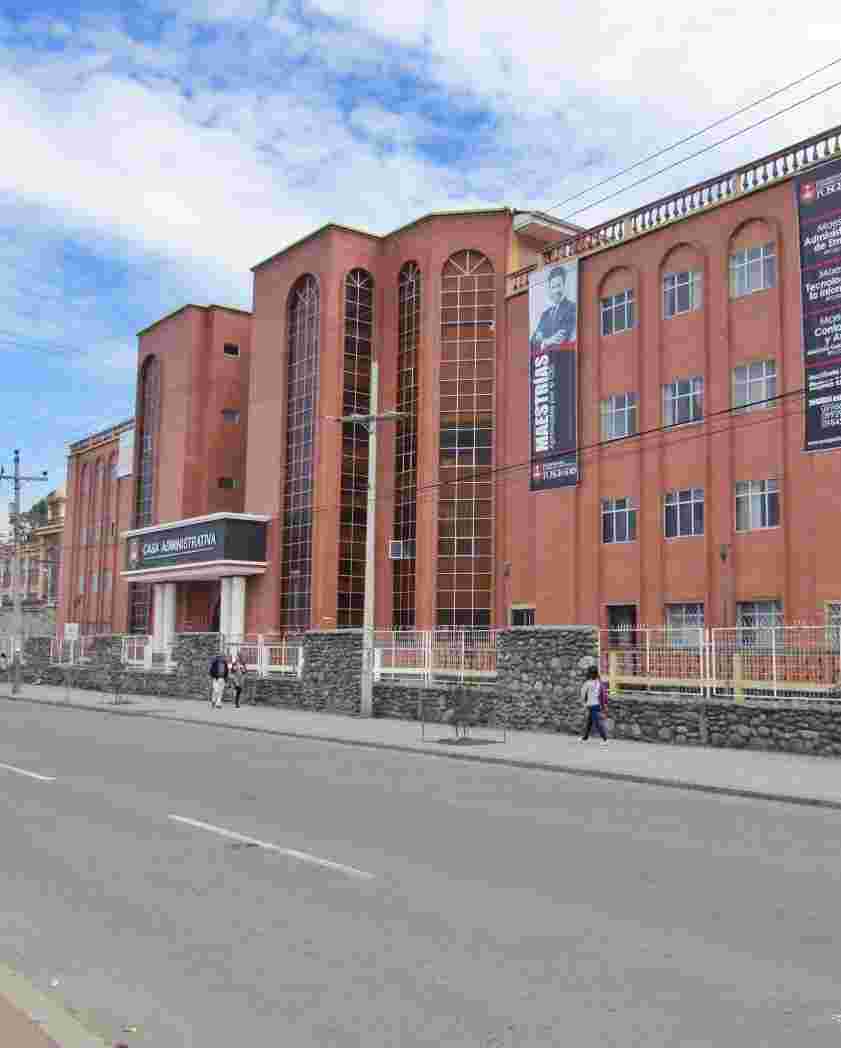Hormigones autocompactantes con áridos de la provincia del Azuay sector Paute y Santa Isabel
Cargando...
Fecha
Autores
Título de la revista
ISSN de la revista
Título del volumen
Editor
Universidad Católica de Cuenca.
Resumen
Self-compacting concrete (SAC) is a highly fluid concrete, it fills all
the spaces of the formwork, has the ability to pass through high amounts
of steel by which conventional concrete cannot reach, therefore no
requires no type of compaction, but the mixture must be extremely
cohesive; thus giving excellent and favorable results.
There are technical specifications from EFNARC and ACI, describing
similar procedures to analyze and verify the characteristics that must be
meet a freshly mixed self-compacting concrete; furthermore, for the
dosage of this concrete there are only tables of proportions of the
materials for the manufacture of HAC to which they should be adjusted.
Before manufacturing the HAC, there were flaws in the structures built with
concrete due to poor compaction and poor hand quality
work, causing damage and low durability of the concrete, for this reason it was created
this type of concrete to guarantee self-compacting without the need
mechanical compaction and workers.
At the moment in the region there is a partial ignorance of concrete
studied, but in the world there have been applications of HAC presenting good
results; However, in the present work carrying out studies and
investigations, it has been determined that the materials used for the designs of
experienced concrete, they are able to make concrete
self-compacting, but taking into account the specifications given for these
concretes.
210kg/cm², 240 kg/cm² and 300 kg/cm² resistance concretes were designed with
Azuay aggregates, a type III cement (distinguished for presenting high resistance to
early ages), highly reducing additives of water and in turn drinking water;
These concretes comply with the tests that characterize concretes
self-compacting The resistance tests were carried out from cylinders of
concrete at 28 days of age.
In the end, all the results of validated designs were collected as well as of designs
rejected, in addition to the evaluation of the costs of self-compacting concrete in
relation to conventional concrete and conclusions were presented.
Descripción
El hormigón autocompactante (HAC) es un hormigón altamente fluido, llena todos
los espacios del encofrado, tiene la capacidad de pasar a través de altas cuantías
de acero por el cual el hormigón convencional no puede llegar, por lo tanto, no
requiere de ningún tipo de compactación, pero la mezcla debe ser sumamente
cohesiva; dando así, resultados excelentes y favorables.
Existen especificaciones técnicas de la EFNARC y ACI, describiendo
procedimientos similares para analizar y verificar las características que debe
cumplir un hormigón autocompactante recién mezclado; además, para la
dosificación de este hormigón únicamente existen tablas de proporciones de los
materiales para la fabricación de HAC a las cuales se deberían ajustar.
Antes de fabricar el HAC existieron fallas en las estructuras construidas con
hormigón debido a una defectuosa compactación y por una mala calidad de la mano
de obra, provocando daños y baja durabilidad del concreto, por tal motivo se creó
este tipo de hormigón para que garantice la auto-compactación sin la necesidad
compactación mecánica y obreros.
Por el momento en la región existe un desconocimiento parcial del hormigón
estudiado, pero en el mundo han existido aplicaciones del HAC presentando buenos
resultados; no obstante, en el presente trabajo realizando estudios e
investigaciones, se ha determinado que los materiales usados para los diseños de
hormigones experimentados, están en la capacidad para confeccionar hormigones
autocompactantes, pero tomando en cuenta las especificaciones dadas para estos
hormigones.
Se diseñó hormigones de resistencias 210kg/cm², 240 kg/cm² y 300 kg/cm² con
áridos del Azuay, un cemento tipo III (distinguido por presentar resistencias altas a
edades tempranas), aditivos altamente reductores de agua y a su vez agua potable;
estos hormigones cumplen los ensayos que caracterizan a los hormigones
autocompactantes. Los ensayos de resistencias se realizaron a partir de cilindros de
hormigón a los 28 días de edad.
Al final se recopiló todos los resultados de diseños validados como de diseños
rechazados, además la evaluación de los costos del hormigón autocompactante en
relación al hormigón convencional y se presentó conclusiones.
Palabras clave
., .
Citación
López Buri, R.M. (2018) Hormigones autocompactantes con áridos de la provincia del Azuay sector Paute y Santa Isabel. Universidad Católica de Cuenca.




